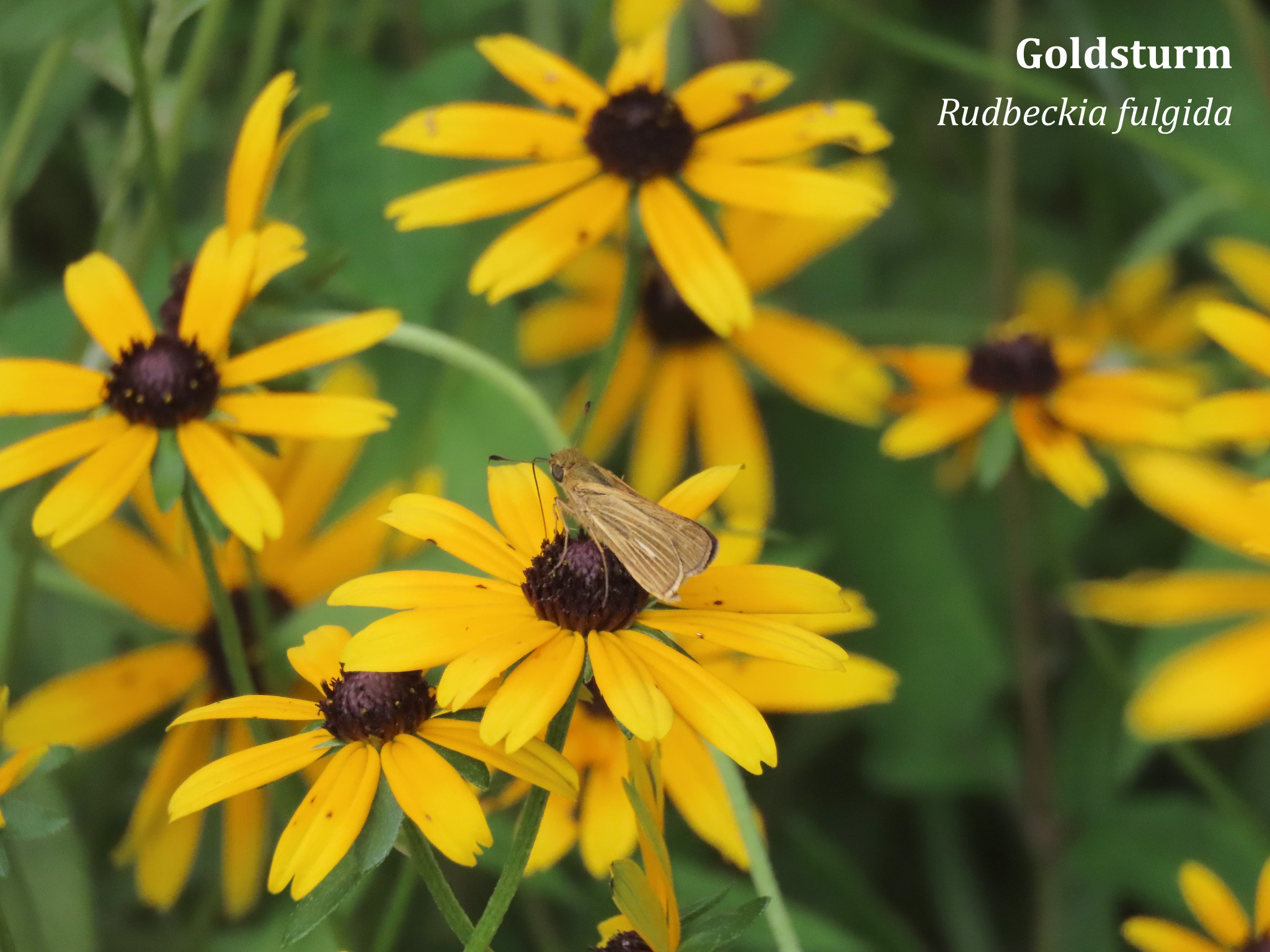
This week for Flora and Fauna Friday, we have a pair of native plants gone ornamental, Black-eyed Susan (Rudbeckia hirta) and Goldsturm (R. fulgida).
Black-eyed Susan is a wildflower found throughout South Carolina and practically all of the eastern United States. Goldsturm is less abundant and widespread but not an uncommon sight in certain regions of the Lowcountry. These two wildflowers spend most of their days growing as a basal rosette, a whorl of leaves atop the soil scavenging nutrition from below and sunlight from above. They prefer to grow in partial shade along forest roads and margins here in the Lowcountry of South Carolina. Come their summer show time, both species begin to grow stems reaching up to about knee-high. These stems bear stunning two to three-inch wide flowers, ringed in a dozen or so golden-yellow petals around a raised ebony-brown disk. These flowers are the quickest way to tell these sister species apart. Black-eyed Susan blooms at the dawn of summer in May and June. Goldsturm conversely blooms at summer’s sunset in August and September. Goldsturm’s flowers sometimes bear a splash of cinnabar-red at their base surrounding the central disk. These two wildflowers differ in a few other ways, most prominently Black-eyed Susan’s leaves and stems are densely hairy, whereas Goldsturm is only a little hairy. Black-eyed Susan tends to grow a bit taller as well. Most significant to us gardeners, Goldsturm is a long-lived, spreading perennial. Black-eyed Susan doesn’t spread through its roots and is only a short-lived perennial or, more often than not, behaves as an annual or biennial.
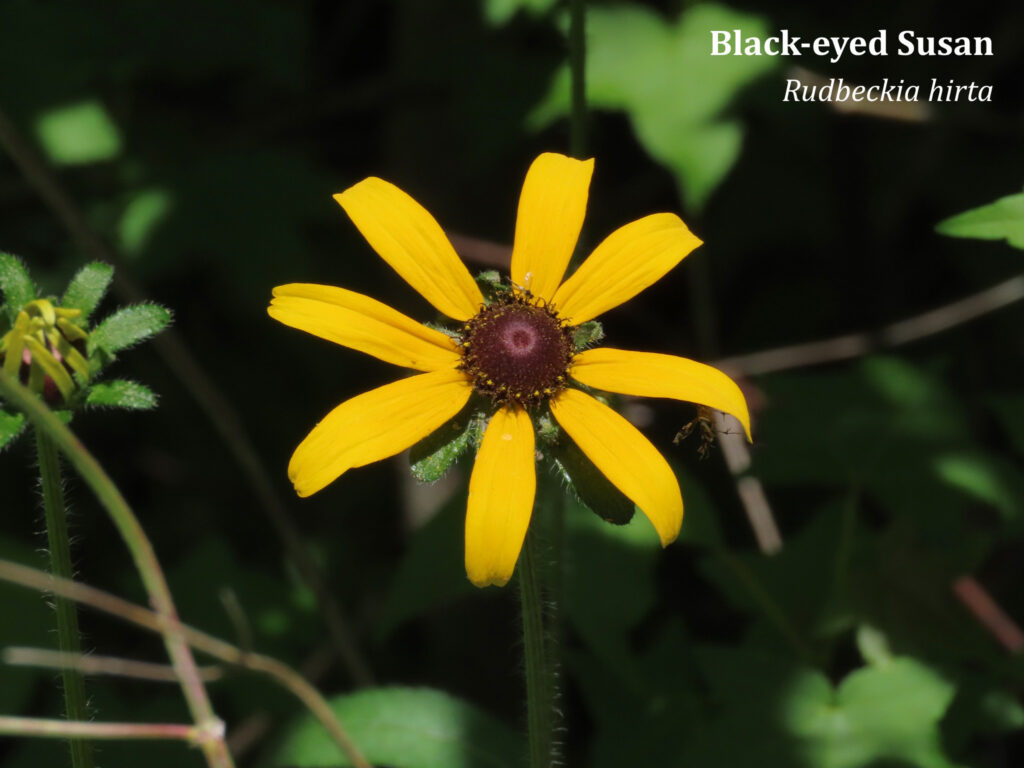
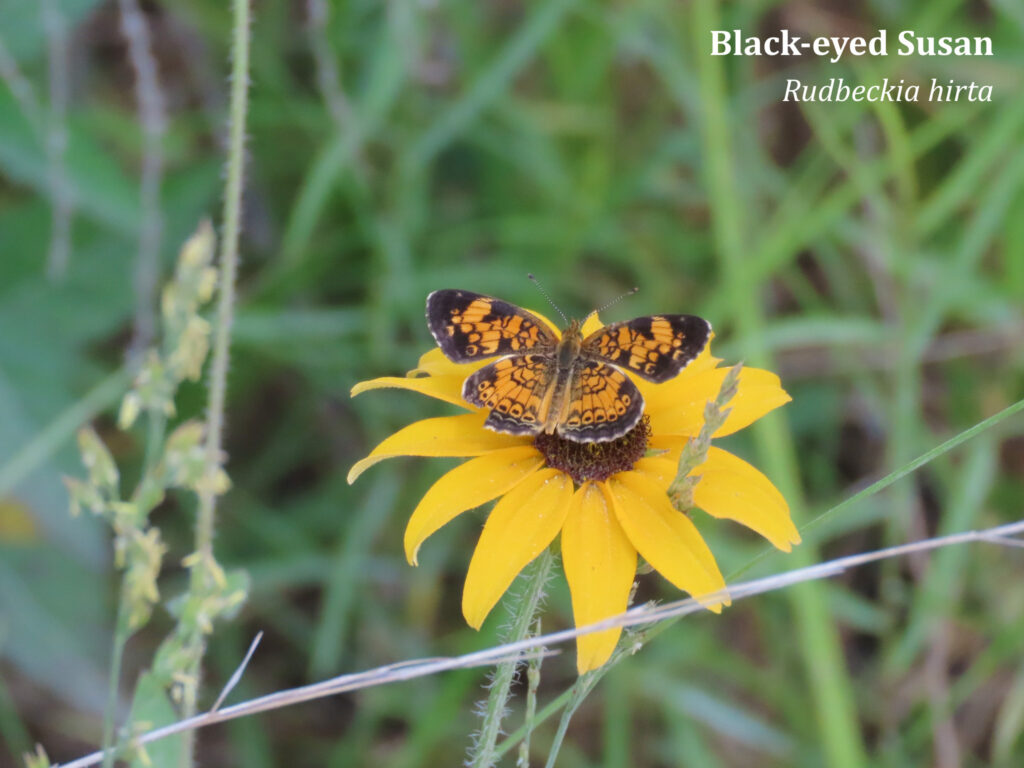

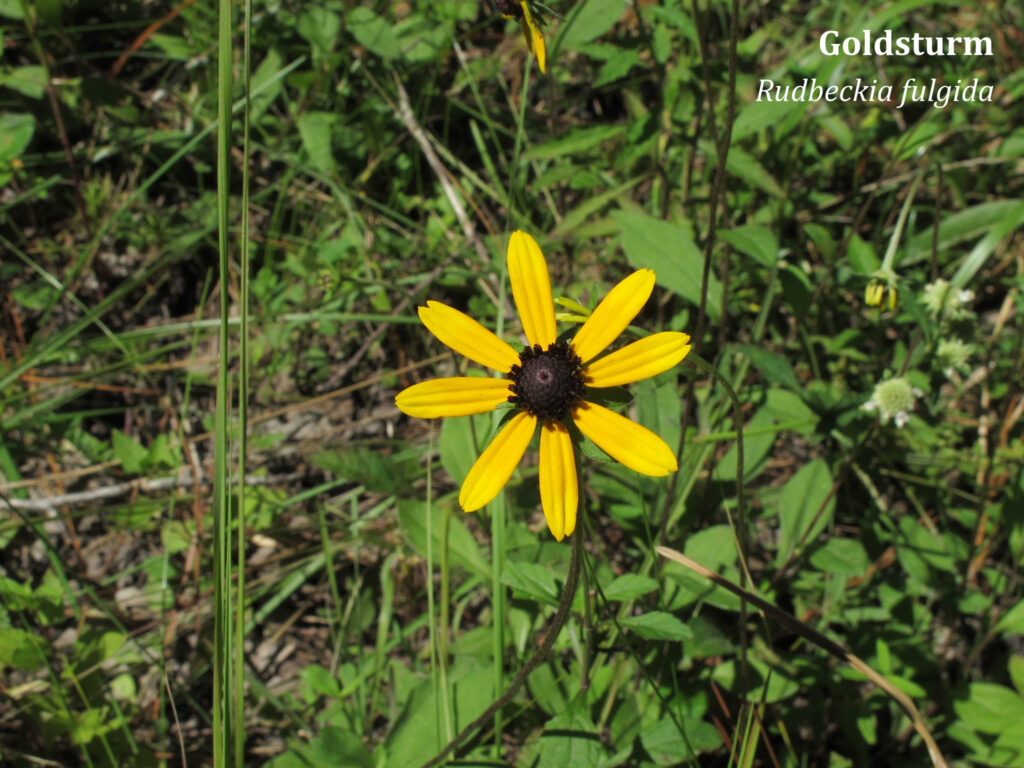
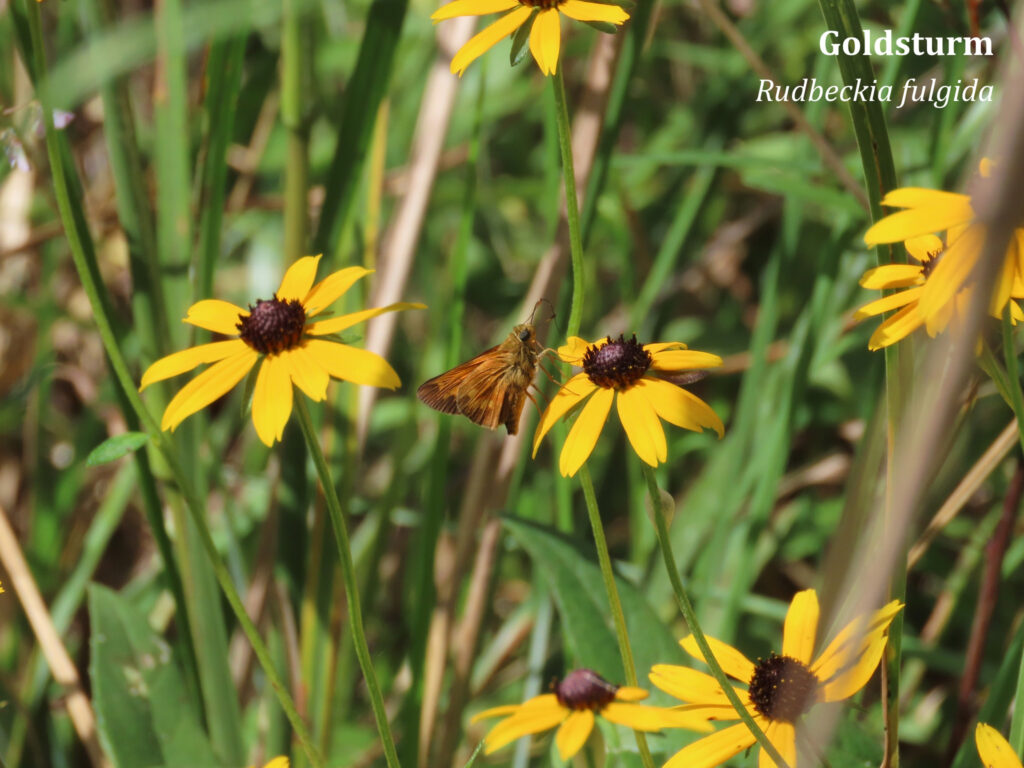


Both Black-eyed Susan and Goldsturm are ornamental flowers known well by every gardener. Yet, you may not have known that both are native wildflowers. Both species grow wild here in the Palmetto State and, several centuries ago, their seeds were collected, brought over to Europe, and selectively bred by horticulturalists to create the modern ornamental cultivars we see sold widely across the world. However, for those interested in planting native plants for pollinators, these ornamental varieties are often inferior to our wild ecotypes. An ecotype is not quite a subspecies nor is it even a distinct variety of a plant. It’s a population originating from within the same ecoregion as where you intend to grow that plant. Using ecotypes in habitat restoration and wildlife gardening is a best practice when possible. Ecotypes are best adapted to your local soils, climates, pests, and pollinators. So they tend to grow the best, with the least care, and while providing maximum wildlife benefit. Goldsturm and Black-eyed Susan are great examples of why choosing an appropriate ecotype is a wise decision when gardening for pollinators. Many of the ornamental Rudbeckia are bred to do well in well-tended Mid-Atlantic and European gardens and there they produce profuse and showy flowers at the expense of all else, including their nectar and pollen production. This means they can’t compete in a natural habitat, don’t stand up well to our sweltering southern climate, have low concentrations of phytochemicals that ward off pests and deer, and produce very little nectar for butterflies, scant pollen for bees, and consequently yield fewer seeds for birds to feed on. On the flipside, our unmodified native ecotypes can tolerate pests and hot summers as they elbow their way into a natural setting, all while supporting a menagerie of native wildlife.